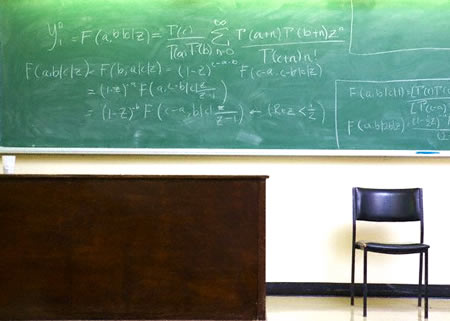Back to (Blackboard) Basics?

Next year, the amount of federal, state, and local money American school districts will spend on high-tech classroom devices will hit an astonishing $16 billion, and one in every three classrooms will sport an interactive whiteboard. A recent Washington Post article asks if this is tax money wisely spent. The boom in ed-tech gadgetry results from a flood of federal dollars, heavy-duty marketing by manufacturers, and the widespread notion that embracing these technologies is the only way to prepare kids for a 21st-century life. And manufacturers, the Post notes, are quick to point to research that they claim proves the technology is doing the job.
Critics, however, are just as ready to note that much of that industry-sponsored research is less than convincing, and that gizmos only make classrooms different, but not necessarily better. Some naysayers, the Post says, claim that whiteboards lock teachers into teaching big groups of students by lecture, a 19th-century instructional method that runs counter to more recent theories that support small-group lessons.
The Post reporter monitored a history class in a suburban Fairfax County high school and didn’t find the kids particularly engaged by a whiteboard-based lesson. Still, teachers tend to love whiteboards, the article reports. Chris Dede, a Harvard education expert, told the Post that manufacturers purposely designed whiteboards to suit the instructional method — lectures — that most teachers perfer. The companies, he says, are “just doing what a capitalist society tells them to do.”
Filed under: K-12 Education News
Tags: Classroom Technology








